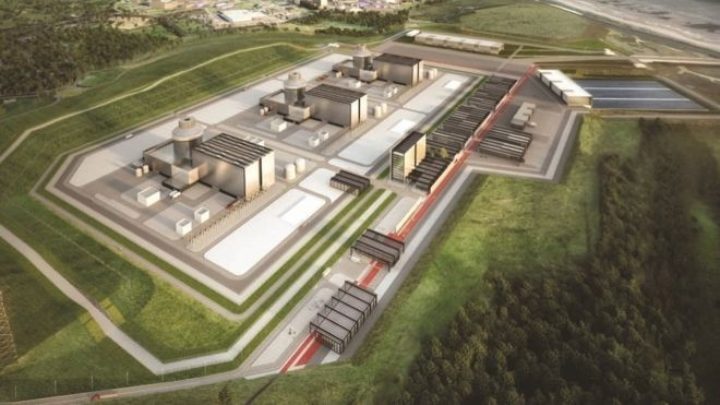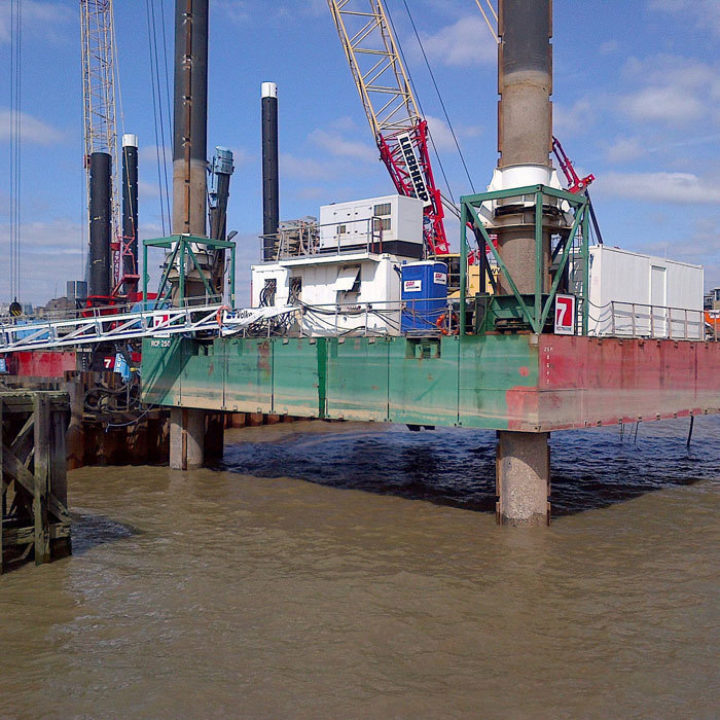Where next for UK nuclear?
As Toshiba backs out of Moorside, how can the Government convince investors to cough up?
By Jonny Marshall
Share
Last updated:
This week’s announcement that Toshiba is washing its hands of plans for a new nuclear power station at Moorside doesn’t come as a surprise, but certainly raises questions about the future of nuclear power in the UK. For now, the Government’s plan to roll out six new power plants remains intact, built in time to pump a vast amount of low carbon power into the UK grid from the 2030s onwards; but Moorside makes the question of how it happens even less clear.
Although ground has been broken at Hinkley Point, the means of getting investors to pony up tens of billions of pounds to refresh the rest of the UK’s nuclear fleet is far from certain. Developers have been stressing that the Contracts for Difference (CfD) scheme that is currently on the table is making projects more expensive than they need to be, while the Government seems reluctant to shoulder a greater portion of construction risk.
Here we look at three avenues that ministers could pursue, assuming they remain of the view that Britain does need a new fleet of reactors beyond Hinkley C.
Option 1: CfDs
The most obvious option for policymakers is to change nothing: to continue supporting low carbon power through the CfD (which guarantees a specific price per unit of electricity once up and running), and to run the risk that more nuclear developers will walk away.

The much-maligned deal signed with EDF for Hinkley Point was based on this scheme, and was rebuked by the National Audit Office – among others – for being agreed behind closed doors for a price that is over the odds. This is the same issue that blighted the UK’s earliest CfD-funded wind farms, which have also come under criticism from the NAO.
The NAO, along with many industry onlookers, have suggested that new nuclear power plants should face competition for contracts, as is the case for offshore wind and (at some point, one would imagine, onshore wind and solar) - a case we explored in a recent blog. Despite the obvious benefits that competition brings in terms of pushing costs down, the nuclear industry is not keen on this approach – a point which does carry some weight considering the vast up-front costs needed to get a nuclear project to this stage of development.
If competition cannot be introduced, the only other way to bring prices down inside the CfD model is to increase the contract length, though considering the indignation raised by the 100+ year deal suggested for the tidal lagoon in Swansea Bay, this also seems unlikely.
Option 2: RAB
The second option is that proposed by the industry - moving to the Regulated Asset Base (RAB) model that is currently used to increase certainty for investors wanting to pile cash into UK infrastructure.

Already in use in energy networks and the Thames megasewer (which has, unusually, started paying back investors before the first drop of sewage passes through it), RAB represents another step away from private enterprise towards greater state involvement, with more development risks shouldered by the Government than in the CfD model.
The RAB idea has caught the ears of officials on Victoria Street, and carries the support of Dieter Helm, probably the UK’s most influential energy economist. Vastly more complicated than the CfD system, the RAB model has long been criticised for opacity, with governments and regulators struggling to keep up with specialist consultants and accountants constantly pushing for minor rule changes to favour asset owners.
Giving nuclear developers access to a funding mechanism from which investors in other forms of generation are barred would also risk a backlash against the Government for picking winners, or even an EU rebuke on state aid rules, depending on how the Brexit cards land post-March 2019.
The state taking on more risk would certainly reduce the cost of building new nukes, a large proportion of which is interest on debt needed to fund such a capex-heavy investment. But renewables – and even gas-fired power stations, to some extent – have high up-front costs, and would also likely come in cheaper if a level playing field were maintained.
Option 3: public ownership
The final option would be Government taking ownership of new nuclear projects. This is Labour’s position and is backed by the energy unions, but would represent a huge U-turn on the Conservatives' EMR system, just as it is coming up to a vital five-year review.
Taking loans onto the State’s books would certainly allow cheaper borrowing than from other sources, which would lead to electricity produced being more cheaply and, ultimately, lower bills. However, there is almost certain to be no political capital for this – especially with a government so wrapped up in Brexit – that it isn’t really worth considering.
In summary...
So there we have it, three different ways of bringing new nuclear projects online, each with a number of flaws.
It may well be possible to replace the output from one or two cancelled nuclear projects with other low-carbon sources - indeed, we showed two years ago using highly conservative methods that it was eminently possible to replace Hinkley C, and technology in renewables, battery storage and demand-shifting has moved on a huge distance since then. Even so, it may be difficult to substitute in renewables and smart tech for them all.
As such, Government seems to have a choice on its hands - one that could drastically shape how money flows into the UK electricity sector for decades to come, and with it, the UK's progress towards a Paris-compliant net-zero economy.
Share